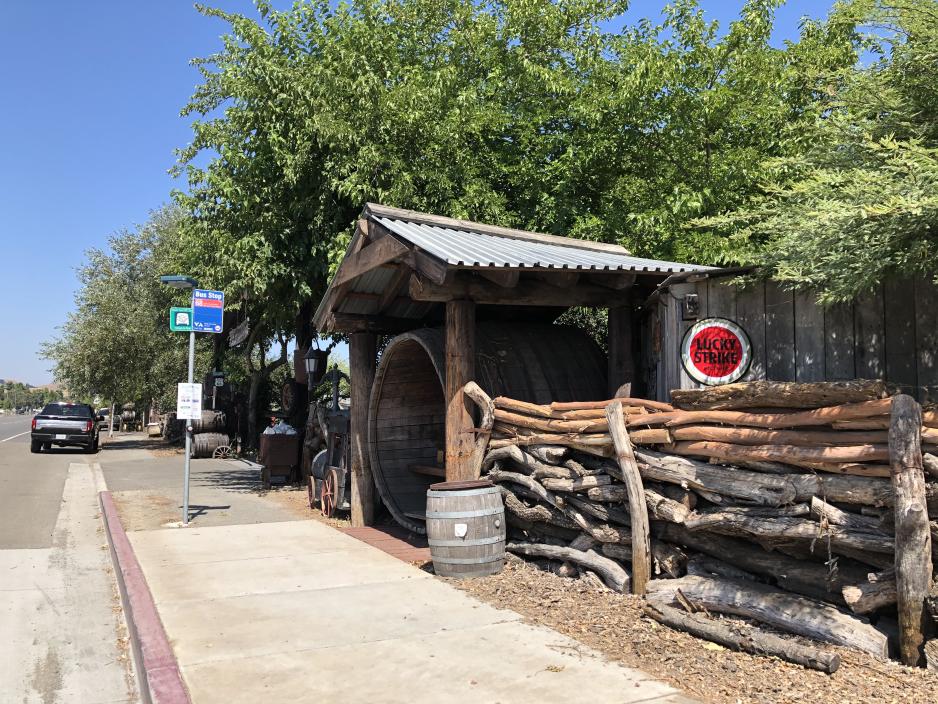To provide a clarity for the community, an agency (usually a city) may wish to consider adopting a transit-first policy. This creates a policy foundation that supports transit-priority projects and provides clear direction to city staff. A sample framework for a transit-first policy is shown below. A city may choose to include some or all the framework elements.
The transit-first policy is outcomes-based and seeks to achieve some or all the following specific outcomes:
- Make transit time-competitive with automobiles in transit corridors
- Achieve x average speed during peak travel periods
- Make x location accessible in y minutes from z location
- Other city specific outcomes
The transit-first policy will be applied in one or more of the following ways to:
- All transit corridors in the city
- All corridors where frequent transit (15-minutes or better) operates
- All corridors that serve x or more buses per hour [specify if counting one or both directions]
- Corridors where the average peak period transit travel speed is below x miles per hour
Body
The transit-first policy will be implemented in one of the following ways:
- On a specific date
- Following completion of a transit-first implementation study
- As signals and/or pavement is replaced and street markings are updated
- Other method that meets city needs
Eligible transit-first treatments include:
- Dedicating street space to transit and/or emergency vehicles all day or during periods of high travel demand. For example, dedicated bus lanes, public service lanes, and in lane stopping.
- Prioritizing transit at signalized intersections by programming signals to give approaching transit a green light or truncate other signal cycles to minimize the time transit spends waiting at red lights
- Queue jump lanes at congested locations
Enforcement of the transit-first policy should include:
- Ongoing collaboration with the Santa Clara Valley Transportation Authority (VTA) to identify areas in need of improved transit priority
- An [annual/biennial/etc.] report to council on whether the goals of the transit-first policy are being met as well as recommended changes, if appropriate.
- Other enforcement methods relevant to the city
Adoption by city council and direction to staff to do one of the following:
- Begin implementing transit-priority treatments on specific corridors
- Begin work on a transit-first policy implementation plan
